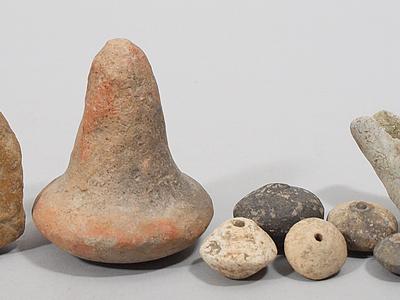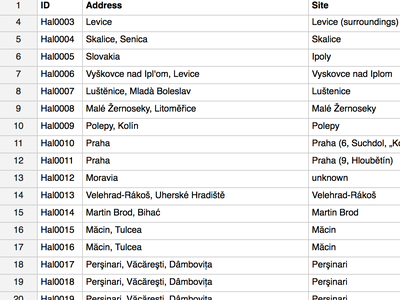Description
The main objective of the study behind this dataset includes the reconstruction of the process of establishment of wool use as a regular raw material between the date of domestication of the sheep in the 8th millennium BC until the 3rd millennium BC. The end point of development is chosen according to research as the time in which wool was regularly processed for export (Crawford 1973), meaning the exploitation of the raw material excided any personal use.
Archaeological sources for investigation of wool use in ancient West Asia include direct and indirect evidence. Inambiguous evidence include organic remains of woolen textiles, preserved by exceptional conservation conditions and ancient texts mentioning the use of sheep for wool and the processing of wool for textiles.
The earliest examined woolen textile dated to the Majkop period about 3700-3200 BC (Shishlina et al. 2003) comes from the Caucasus. The first written sources that describe sheep as 'wool sheep' are the archaic texts from Uruk (Green 1980), from the end of the 4th millennium BC. These dates prove that, at least in parts of the study area, from the 4th millennium BC wool baring sheep were used as a raw material supply for textile production. However, it also means that the developments and appropriation of new fiber domestication had to start before that. The period between the domestication of the sheep and the first proven textiles made from wool can be investigated only by inspecting indirect evidence of wool use. These include textile tools and textile imprints on ceramic sherds, which make the biggest portion of this dataset.
The main hypothesis behind this approach is that the technological innovation, such as the introduction of a new raw material, is recognizable in a large dataset of textile related archaeological objects. The uniformity in the production of textile tools, namely spindle whorls, can in some cases be explained by physical necessity, for example when using perforated shallow river pebbles, halved femoral heads or pottery shards. But uniformly produced complex forms of ceramic whorls propose social interactions and transfer of standardized knowledge and practice from person to person. The indications of wool use accumulate in the 4th millennium BC, but a long experimentation period which included small technological adjustment steps and changes was inevitable.






